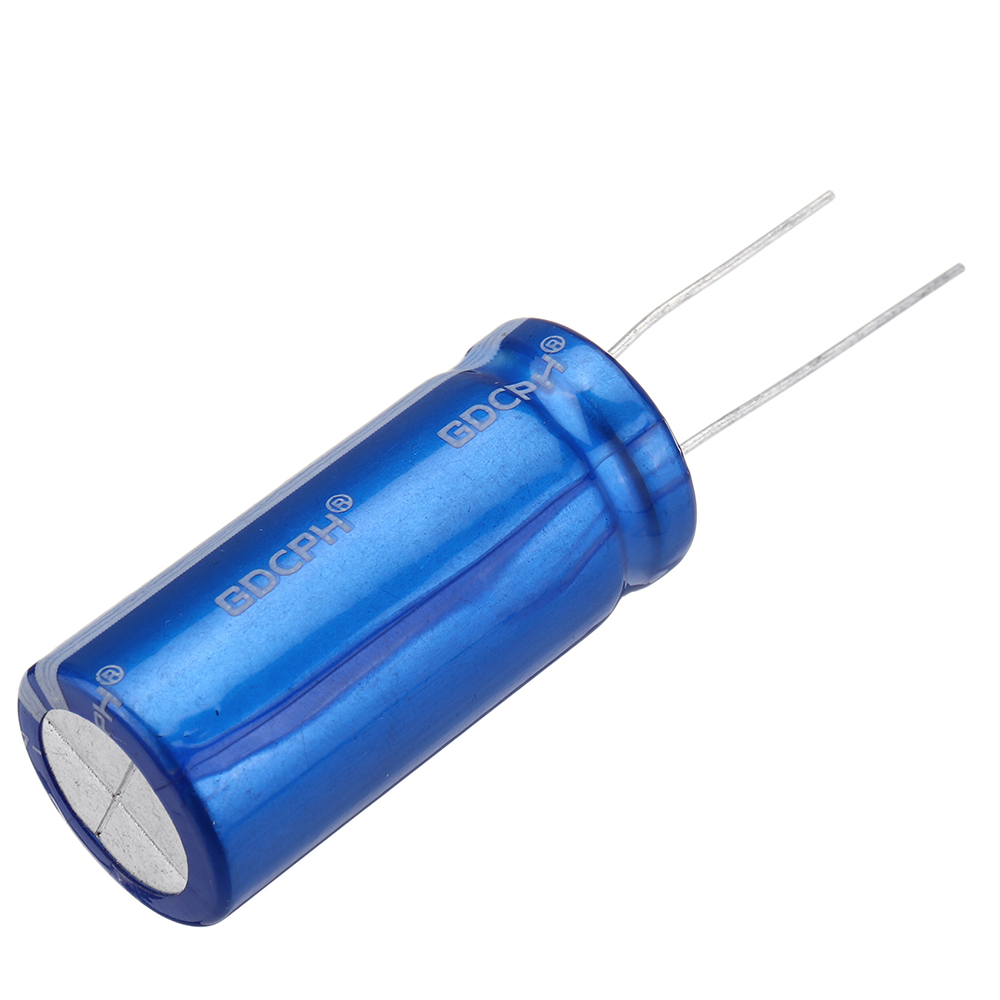 {“@context”:”https://schema.org/”,”@type”:”Store”,”name”:”ELECTRONIC COMPONENT SUPPLIER”,”image”:[],”priceRange”:””,”servesCuisine”:””,”telephone”:”+852-61807557″,”address”:{“@type”:”PostalAddress”,”streetAddress”:”RM A1216, Flat A, 12/F. King Yip Factory Bldg”,”addressLocality”:”nr 59 King Yip St. Kwun Tong, “,”addressRegion”:”Kowloon”,”postalCode”:”59″,”addressCountry”:”Hong Kong”}}
{“@context”:”https://schema.org/”,”@type”:”Store”,”name”:”ELECTRONIC COMPONENT SUPPLIER”,”image”:[],”priceRange”:””,”servesCuisine”:””,”telephone”:”+852-61807557″,”address”:{“@type”:”PostalAddress”,”streetAddress”:”RM A1216, Flat A, 12/F. King Yip Factory Bldg”,”addressLocality”:”nr 59 King Yip St. Kwun Tong, “,”addressRegion”:”Kowloon”,”postalCode”:”59″,”addressCountry”:”Hong Kong”}}
{A {simple|easy} {photo|photograph|picture} transistor is nothing {but|however} a bipolar transistor which {contains|incorporates|accommodates} {light|mild|gentle} delicate area as a substitute of the base terminal. For the connections in the circuit, we additionally think about a fourth terminal called Base or Substrate. The FETs have control on the scale and shape of a channel between Source and Drain, which is created by voltage applied at Gate. Due to four-quadrant operation, a triac has bidirectional current carrying capability as well as bidirectional voltage blocking functionality.|A unfavorable gate voltage is utilized to help the turn “OFF” process. When a reverse gate voltage is applied the minority carriers amassed on the n-type base region are drained. This ensures that the gate to cathode junction isn’t forward biased therefore dashing up the turn-off course of.|Sometimes, necessities in sure purposes require greater voltage and current ratings, which can be catered to by a single diode. It is feasible to extend the voltage score by connecting multiple diodes in collection. Similarly, to increase the current rating, diodes may be linked in parallel. However, you will need to choose diodes with similar traits to keep away from any harm to the deployed diodes. They are turned on by applying ahead bias to their PN junction. Whereas thyristor has gate terminal other than the anode and cathode terminals.|If you need to get a continuing voltage worth, you should add a voltage regulator circuit. When the ahead voltage is greater than the lifeless zone voltage, the electric area is effectively overcome, the rectifier diode is turned on, and the current rises quickly as the voltage will increase. In the normal current range, the rectifier diode terminal voltage stays nearly unchanged when it is turned on. The over-voltage and over-current safety margin of the rectifier diode is simply too small, so it could possibly’t face up to peak assault in the excitation circuit. Operators are irresponsible and do not understand the modifications in exterior load (especially between midnight and 6 am the next day).}
A trigger voltage applied to the gate whilst the anode is more optimistic than the cathode will swap the SCR on to allow present to move between anode and cathode. For triggering a SCR with mild, a recess (or hollow) is made internal p-layer as proven in figure beneath. The beam of sunshine of explicit wavelength is directed by optical fibres for irradiation. As, the depth of the light exceeds to a certain worth, SCR get turn ON. Sometimes, these SCR triggered using each light source and gate signal in combination.
Gate Turn-off Thyristor Applications
The MOSFET connected to the thyristor gate terminal will turn OFF when we applied optimistic voltage to gate 1. If negative voltage pulse applied between the gate and cathode terminals, then the gadget will turn OFF. To induce the gate cathode voltage some of forward current is stolen, which in flip induced ahead current might fall and mechanically GTO will transition to the blocking state. During the outlet extraction process, the p-base region is progressively depleted in order that the conduction area squeezed. As this process steady, the anode current flows through distant areas forming excessive present density filaments.
As such, full-wave rectification is a more suitable option for various purposes, including energy supplies, battery chargers, and DC motor drives. The depletion region, which is the interface between the p-type and n-type materials, is devoid of charge carriers and performs a important function within the diode’s operation. So, now the bulk cost carriers of both the areas experiences enticing force from the battery terminal.
Thyristor Layer Diagram
The transistor is a semiconductor gadget produced from 3 alternating layers of P-type and N-type material. In different words, either P-type is sandwiched between two N-types or the opposite means around. Or you can say that a transistor is produced from two diodes joined again to back. The sort of the transistor depends on its building and likewise impacts the sort of majority carriers in it.
A a half of the holes from the P base layer is extracted by way of the gate which suppress the injection of electrons from the cathode. On the opposite hand, through the conduction state GTO behaves similar to a thyristor with a small ON state voltage drop. The GTO has quicker switching speed than the thyristor and has greater voltage and current ratings than the power transistors and thyristors. Although the thyristor is extensively utilized in excessive power functions, it at all times suffered from being a semi-controlled gadget. Even although it could presumably be switched ON by making use of a gate signal, it must be turned OFF by interrupting the principle present utilizing a commutation circuit.
What Is The Distinction Between A Diode, A Transistor, And A Thyristor?
For the GTO to remain in an “ON” state the P+ anode area have to be heavily doped. It turns on when a optimistic voltage is utilized on the gate terminal. It can be turned off when a unfavorable voltage is utilized on the gate terminal. The gadget doesn’t latch and requires at least 1% set off voltage to remain in a conduction state.

